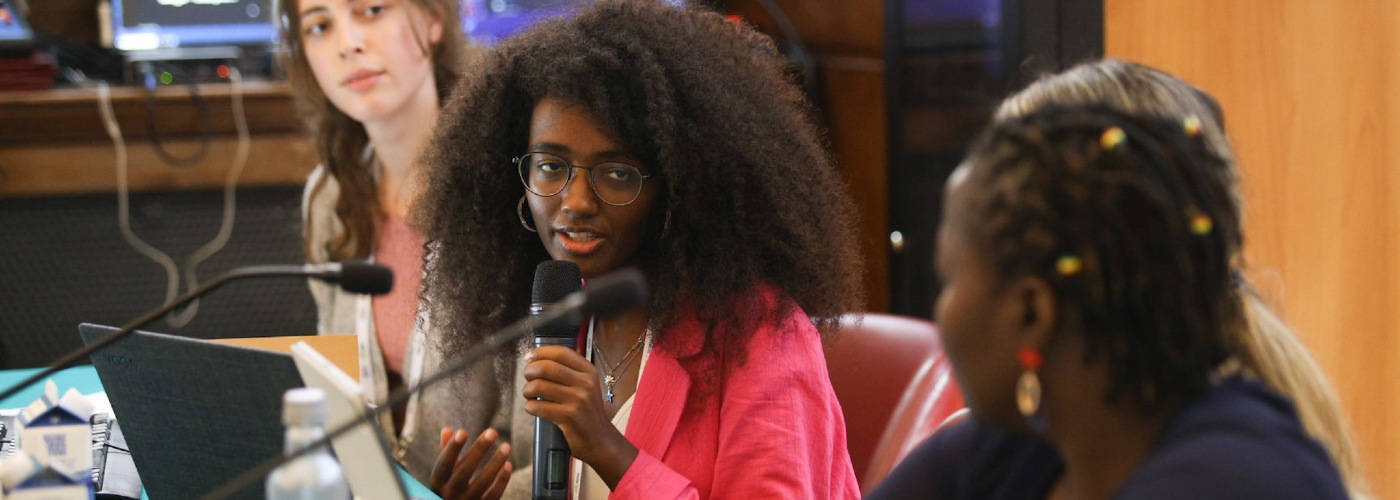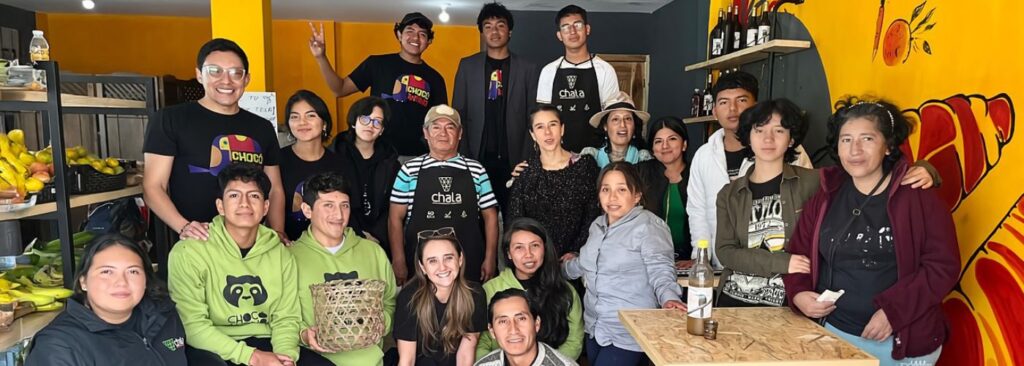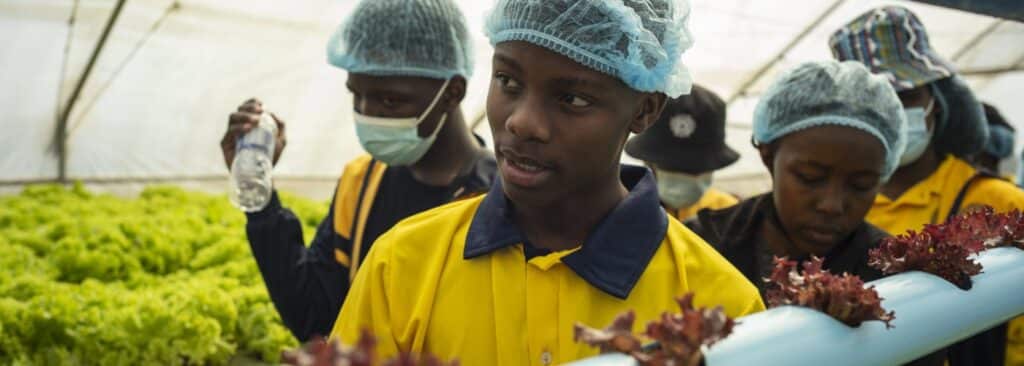From Rome to Milan: young people leading urban food system change
November 17, 2025
Young people are not waiting for opportunities; they’re leading the transformation of urban food systems. During the week of World Food Day 2025, two global events in Italy made one thing clear: if we want better food and a better future, we must put youth and cities at the center of food system change.
By Diego Orellana (Global Manager, Urban Futures, Hivos) and René van Veenhuizen (Food Systems & Global Advocacy Lead, Hivos)
At the World Food Forum (WFF) in Rome and the Milan Urban Food Policy Pact (MUFPP) Global Forum in Milan, Hivos and its partners brought youth voices, local food experiences, and practical advocacy lessons from across Latin America, Africa, and Asia to the table.
Young people are not just participants — they are designers of policy, practice, and culture in the food systems of tomorrow.
Rome: where youth took the floor
At FAO headquarters in Rome, the World Food Forum brought together youth, city leaders, and policymakers to shape how agrifood systems will evolve in the next decade. Through our Urban Futures program, Hivos used three key spaces to emphasize a shared message: inclusive food systems governance begins with listening to young people and communities.
1. Cities at the heart of food systems transformation
Co-organized with the Swiss Federal Institute of Technology in Zurich, the Swiss Agency for Development and Cooperation SDC1the University of Bern, Young Professionals for Agricultural Development (YPARD2, and others, this session explored how cities are treating food governance as a public responsibility.
Hivos presented how we work at the intersection of food systems, youth wellbeing, and climate action in 10 city-regions across Latin America, Africa, and Asia. Diego Orellana the Uban Futures program manager presented his 10 practical lessons for building and running inclusive food system governance platforms in cities and regions. These lessons clearly define scope and roles, build on existing consultations, engage and train stakeholders, coordinate with related initiatives, secure evidence, and keep sustainability, equity, and coherence as their core goal.
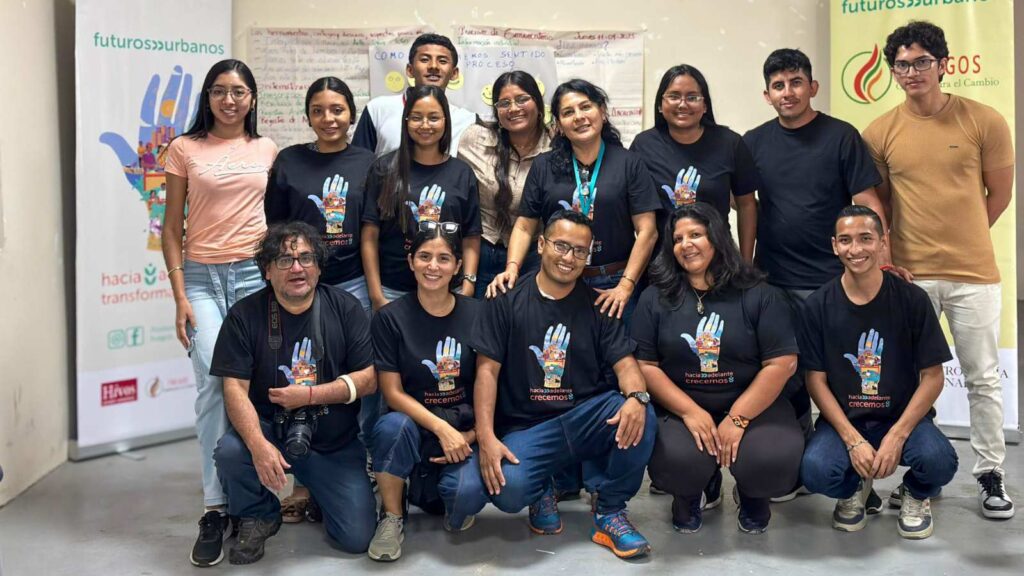
In Quito’s Chocó Andino, young people are helping shape territorial food policy by promoting agroecology and short supply chains. In Manabí, despite no platform in place, opportunities arose for youth to influence formal public policy on local development. Each example shows how governance becomes real when youth-led spaces translate ideas into policy and culture.
2. Youth Assembly – Latin America and the Caribbean roundtable
At the Youth Assembly, we helped reframe traditional knowledge as a living, urban innovation and not a relic of the past.
From La Chala, an agroecological store in Quito, to school gardens in Cali that teach composting, seed saving, and climate-resilient cooking practices, youth are leading processes and using culinary heritage to prove that traditional and Indigenous food knowledge is an asset for urban resilience.
Their message was clear: food heritage is not nostalgia; it’s strategy.
3. Ecuadorian cacao: food heritage as a future economy
In collaboration with Ecuadorian partners, Hivos also contributed to a dialogue on cacao as a living system that connects biodiversity, culture, and livelihoods. In Zamora Chinchipe, we are helping young and women producers recover native cacao varieties, practice agroforestry, and create green jobs.
This is not just about protecting trees; it’s about investing in an economy that respects forests and empowers youth.
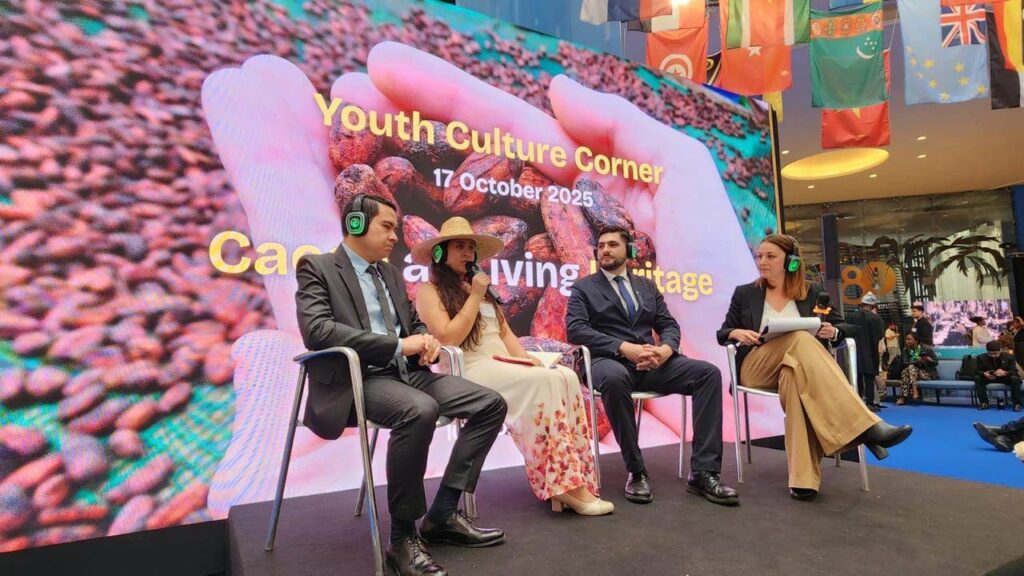
Milan: cities commit to youth agency
The same week in Milan, over 300 cities gathered to celebrate ten years of the Milan Urban Food Policy Pact — a global alliance driving fair and resilient food policies.
The week brought recognition to several cities where Hivos works through Urban Futures and AfriFOODlinks: Medellín (Colombia) won the Social and Economic Equity award, while Chone (Ecuador) and Bandung (Indonesia) received special mentions. Each of these cities illustrates how local initiatives, guided by young people’s engagement, can contribute to broader food systems change.
AfriFOODlinks: the next decade of African urban food systems
In a side event, Hivos joined partners from the AfriFOODLinks program to showcase their collaborative work in building a network of over 60 African cities. Together, they are co-creating policy, evidence, and investment initiatives aimed at fostering climate-resilient and just urban food systems.
The goal? To turn isolated projects into coordinated, city-led action — with youth and informal food workers as central actors, not afterthoughts.
Youth & Food Systems: building agency, not tokenism
At a session co-organized with RUAF, ActionAid Italia, Rikolto, and the University of Milan, youth leaders from Colombia, Uganda, Zambia, and Zimbabwe sat next to city officials to discuss what real participation means.
Their reflections produced six clear lessons:
- Stop labeling traditional food as “poor people’s food.”
- Make youth participation visible and practical.
- Involve youth from the start, not just to validate outcomes.
- Recognize their priorities.
- Build belonging and community.
- Keep engagement dynamic and evolving.
These principles echo what we see in our programs: youth participation must be structural, not symbolic. Real transformation happens when young people co-design the agenda — and the budget.
What’s next: making youth leadership the norm
From Rome to Milan, a consistent insight emerged: cities are the arenas in which food policy is concretely implemented, and young people are already playing a leading role in this work.
Hivos is committed to:
1. Promoting inclusive dialogue by supporting city mechanisms where youth actively participate and shape decisions
2. Strengthening the capacities of youth, local organizations, and city institutions to design and implement inclusive food policies and initiatives
3. Investing in intergenerational, sustainable value chains, such as our cacao work in the Amazon that combines conservation, agroforestry, and youth-led enterprise
Finally, youth and city partners call for one simple yet transformative action: faster and more flexible funding for small, upscaleable local pilots going from agroecological markets to school gardens and low-deforestation cacao.
Because young people are not asking to be included — they’re asking to be trusted as co-creators of food system transformation. And in Rome and Milan, our work was reaffirmed: listening to young people is the smartest investment we can make.

